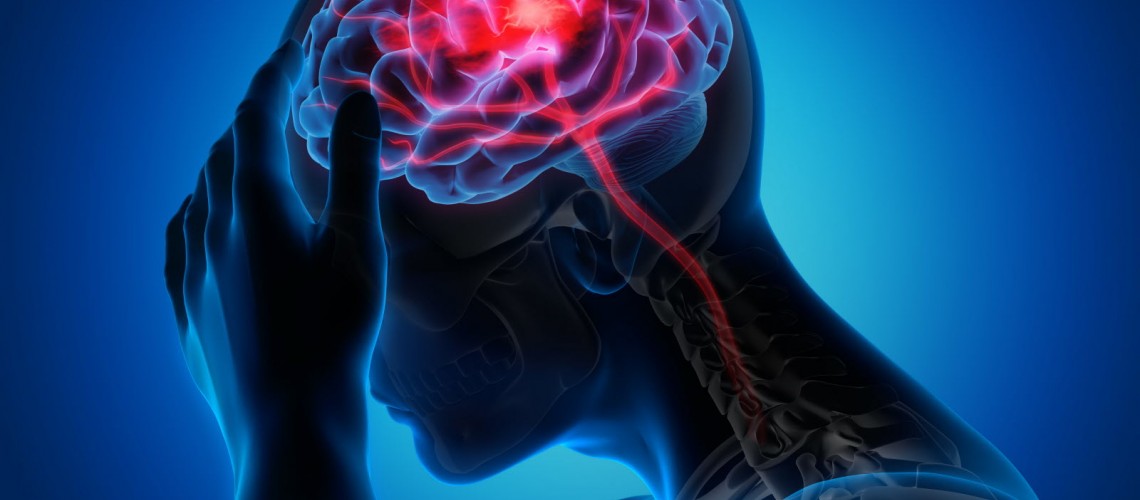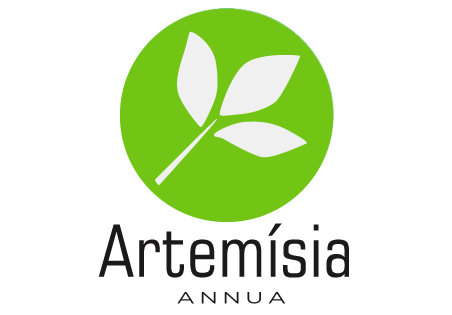Cancer du cerveau, Covid-19 : cette plante médicinale lutterait contre ces maladies

L'artemisia, une plante asiatique utilisée dans la médecine chinoise ainsi que contre le paludisme, pourrait aider à lutter contre le cancer du cerveau et la Covid-19.
L’artemisia annua (aussi appelée armoise annuelle) est utilisée dans la médecine traditionnelle chinoise depuis des siècles, mais également par les industries pharmaceutiques pour les traitements contre le paludisme par exemple. Des chercheurs d'University of Texas at San Antonio (UTSA) ont voulu comprendre les propriétés bioactives de cette plante et examiner ses effets contre les cellules cancéreuses ou encore la Covid-19.

Artemisia : un de ses composants est toxique pour le glioblastome
Dans un premier temps, les scientifiques ont réalisé des tests avec des extraits des feuilles de l'artemisia pour déterminer leur activité cytotoxique (c'est-à-dire la toxicité d'un agent pour les cellules) sur les cellules du glioblastome, une forme maligne de tumeur cérébrale. Au fur et à mesure des essais, ils ont purifié les substances tirés de la plante asiatique pour identifier et tester l'effet des composants un par un sur le cancer.
"Tout au long du processus, l’artéannuine B a démontré de manière constante une activité cytotoxique contre les cellules glioblastome", écrivent les auteurs dans leur communiqué. L'équipe avance que ce principe actif, tiré de l'artemisia, pourrait inhiber les protéases à cystéine (enzymes dégradant les protéines) qui sont surexprimées dans les tumeurs.
Covid-19 : l'artéannuine B lutterait aussi contre le coronavirus
Outre son potentiel dans la lutte contre le cancer, l'artéannuine B a également montré des effets intéressants contre la Covid-19. En testant cette molécule sur le coronavirus, les chercheurs américains ont constaté qu'elle était aussi capable d'entraver l'activité de la protéase principale et de la caspase-8 du SARS-CoV-2. Il s'agit d'enzymes qui jouent un rôle dans l'inflammation et la mort cellulaire.
Francis Yoshimoto, l'un des trois responsables de l'étude parue dans la revue Journal of Natural Products, a confié : "nous voulons savoir comment cela fonctionne afin de pouvoir donner des médicaments à quelqu'un de manière intelligente. Tous nos corps sont différents".
Artemisia : trouver la bonne approche
Les premiers résultats ont permis aux scientifiques de l'University of Texas at San Antonio d'identifier l'artéannuine B comme un composé potentiellement efficace contre le cancer du cerveau et la Covid-19. Toutefois, d'autres recherches vont être nécessaires pour déterminer les meilleurs modes d'administration et usages de la molécule.
"Nous en sommes aux premières phases d'étude du mécanisme d'action des composés médicinaux de l'artémisia afin de décider de la meilleure façon de les administrer et de cibler la traitement", a indiqué Annie Lin de l'UTSA dans un communiqué. "Nous pouvons encore être plus précis. Nous pouvons diminuer la concentration pour cibler directement les tumeurs. À l’heure actuelle, nous étudions comment encapsuler le composé en diverses concentrations qui cibleront spécifiquement les zones nécessitant un traitement".
Sources: https://www.utsa.edu/today/2023/09/story/sweet-annie-medicinal-power.html

















































